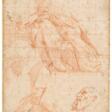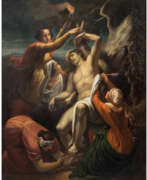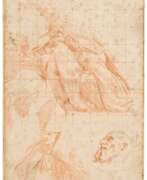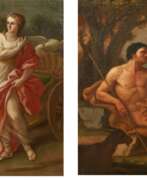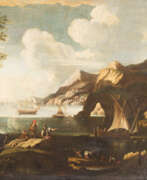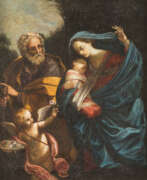Neapolitan school
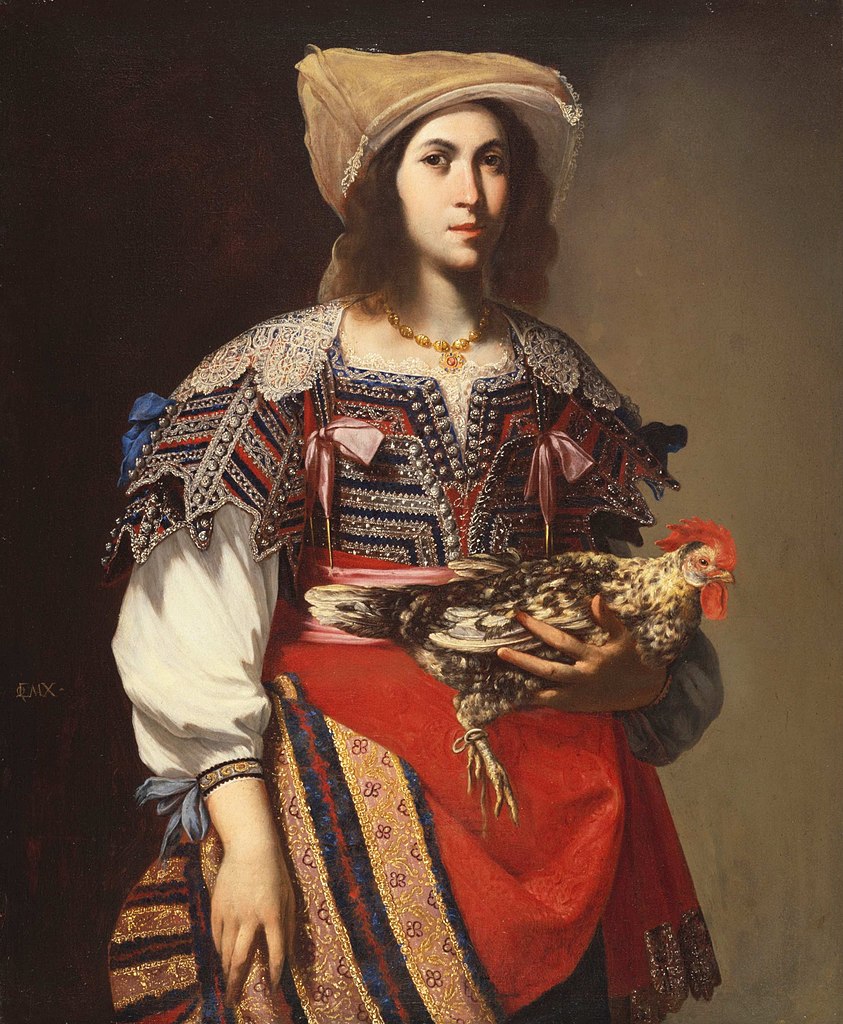
Neapolitan school
The Neapolitan School of Painting, an influential art movement that flourished in Naples during the 17th and 18th centuries, played a pivotal role in the evolution of Baroque art. This school is particularly noted for its distinctive Tenebrist style, characterized by stark light-shade contrasts, a style derived from the groundbreaking work of Caravaggio.
Key figures in the Neapolitan School included Jusepe de Ribera, also known as Il Spagnoletto, Giovanni Battista Caracciolo, a pupil of Caravaggio, and Mattia Preti, who later became the leader of this school. Their art was dramatic, often depicting scenes of torture and martyrdom, and was heavily influenced by Caravaggio as well as Bolognese and Venetian painting traditions.
The 18th century saw the emergence of Francesco Solimena as a prominent figure. He was influenced by artists like Giovanni Lanfranco and Mattia Preti and was known for decorating many Neapolitan churches. Solimena's style perpetuated the Baroque tradition and greatly influenced subsequent artists in the region.
For collectors, auctioneers, and art experts, the Neapolitan School represents a fascinating intersection of artistic influences and a significant chapter in the history of European painting. The works of this school are notable for their dramatic expression and masterful use of chiaroscuro, contributing significantly to the Baroque style.
If you're interested in staying updated on new product sales and auction events related to the Neapolitan School, sign up for our updates. This subscription will keep you informed about the latest developments and opportunities in this captivating area of art history.
| Country: | Europe, Italy |
|---|---|
| Start of the period: | XVI century |
| End of the period: | XVIII century |
